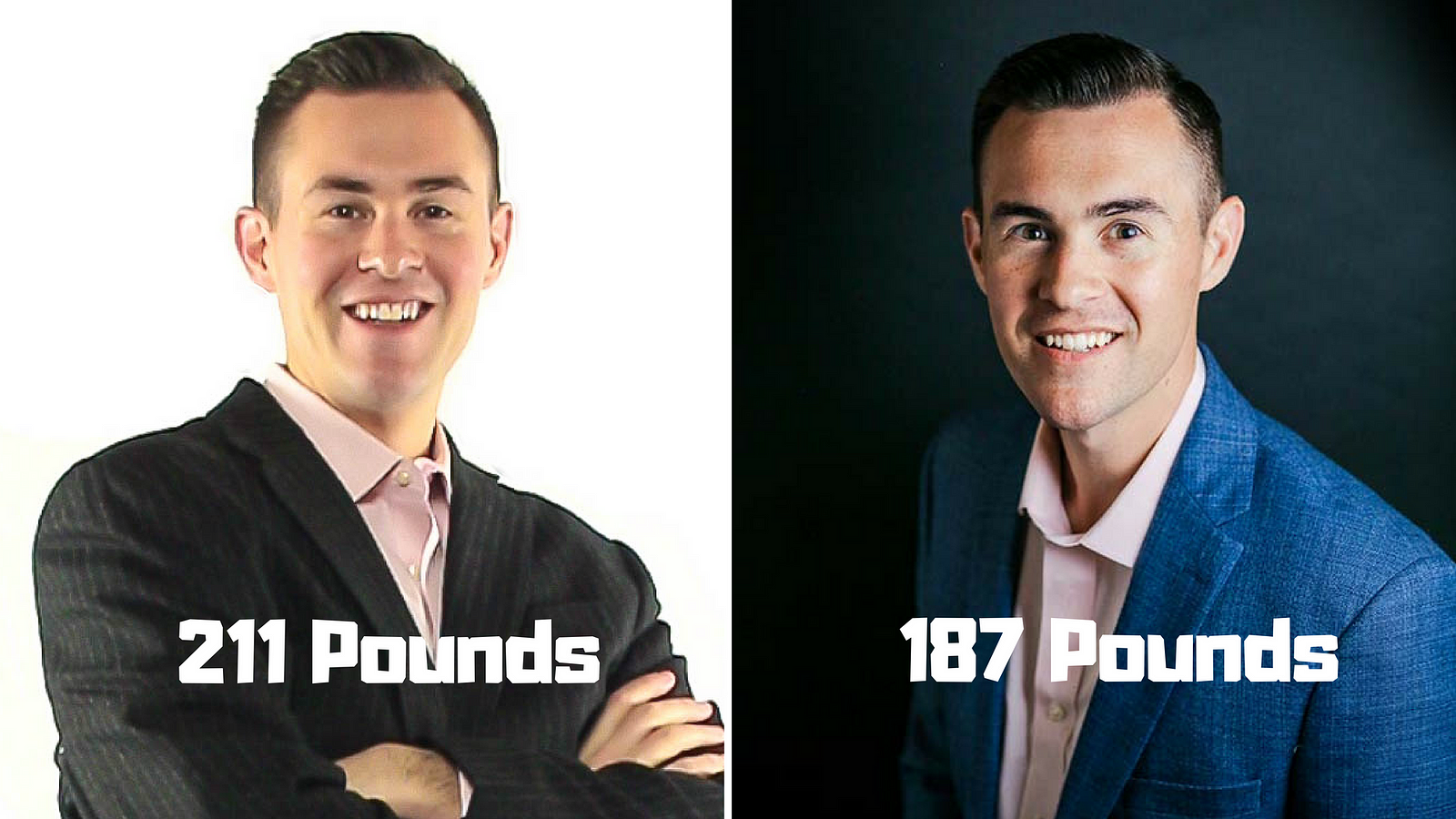
This is an anti-inflammatory diet story.
My hand clenched like a claw.
The dull ever-present pain constricted my fingers and ate away at my sanity.
I hadn’t been able to fully extend my right arm for almost three years.
It’s June 2017, I’m 36 years old and I have a problem.
Despite being an athlete most of my life, I’d never taken very good care of my body. A combination of football, basketball and baseball, (including 4 years of Division III baseball and a few years of post-college semi-pro ball) coupled with poor diet, too much alcohol and 15 years of professional work slumped over a computer have yielded untold damage to the joints of my right hand, wrist and elbow.
When I was younger, the pain would go away.
At 36, it does not.
Twenty years of abuse and neglect took their toll in the form of early onset arthritis, tendinitis and a legitimate case of carpal tunnel syndrome.
Inflammation is a bastard.
The inflammation in my elbow was so bad my right arm will only extend to a disturbing obtuse angle of 150 degrees. Which in and of itself would be fine, seeing as our elbows are bent the majority of the day, if it weren’t for the inescapable dull throb of joint pain gnawing away at my soul.
I was 211 pounds, and though my height helped hide the weight, there was no denying my poor health and the impact it was beginning to have on my quality of life.

NOTE: The side-by-side above is June 2016 versus August 2018.
By 2018 (and still today), I had a full range of motion in my arm again (without any surgeries or procedures) and such a significant reduction in the pain I often forget it was ever there to begin with.
Not only did I regain full use of my arm for the first time in years, but my energy levels have gone through the roof. I’m soon to be 42 years old, but I feel 27.
Every bit of the way I feel today is due to reducing inflammation in my body.
This is where I learned to follow the pain and found a diet that changed my life.
I’m not a doctor, nutritionist, or dietician, so please don’t take the rest of this article as a recommendation or even solid science.
I was in pain. I did a shit ton of reading on chronic inflammation.
What follows is what worked for me…
“When you walk into a grocery store, you’re walking into a pharmacy.”
~ Dr. Oz
What you put in your body has a direct correlation to how you feel.
I won’t reinvent the wheel and list what you should be eating. Google “Anti-Inflammatory Diet,” and you’ll find all the same articles I found during my research.
This is one my favorite anti-inflammation reference articles: 11 Food Rules For The Ultimate Anti-Inflammatory Diet.

If you’re looking for more information on what acid does to your body and how to reduce it, start with Dr. Daryl Gioffre and his website: Get Off Your Acid.
Don’t blame me if you decide to travel down this rabbit hole.
When it comes to an anti-inflammatory diet, it’s more important what you DON’T eat than what you do.
As a general rule of thumb, I stay away from four major groupings of food as much as possible:
You’ll feel better in days if you stay away from these four food groups.
I want to share a couple of thoughts that will help guide your anti-inflammatory journey:
The food you eat isn’t the only way to reduce inflammation. Here are a couple of additional methods I use which seem to have produced positive results.
I was first exposed to cold showers (and cold therapy) on James Altucher’s podcast when he interviewed Aubrey Marcus about his new book, Own the Day, Own Your Life.
Five months into my anti-inflammatory journey, I heard this podcast and immediately decided to try cold showers.
It’s now been six years, and I’ve missed days or even months at different times. But at any time, I know I can always get back on the cold shower wagon and start reaping the rewards. I ❤️ cold showers for many reasons, but most of all, they reduce inflammation.
Here is some actual research:
Cold showers can also stimulate fat burning. Brown fat is good fat, which generates heat to keep our bodies warm. It is activated when exposed to extreme cold, according to the Joslin Diabetes Center, a Harvard Medical School affiliate.
NOTE: I wrote a post on this as well, The Cold Shower Thing.
I’ve been intermittent fasting on and off since 2018. My best anti-inflammation results have always come in conjunction with intermittent fasting.
Here is my favorite guide to intermittent fasting from James Clear: The Beginner’s Guide to Intermittent Fasting.
If you’re looking for a way to hold yourself accountable, I recommend Kevin Rose’s app, Zero (named for the amount of food you eat while fasting), as a simple way to track your daily fasting.
NOTE: Intermittent fasting can work a little different for women. Here is a great article on how women can set themselves up for success with intermittent fasting.

Drink water.
Drink as much water as you can every day.
Water serves as the vehicle for all chemical reactions in the body and the primary mechanism to flush out toxins from the body. Proper hydration becomes paramount to reducing inflammation in your body.
If you don’t know how much water to drink, there are tons of calculators online, but a gallon of water daily is a good place to start.
When my elbow pain was at its worst, I did what any self-respecting ego-driven male would do; I started self-medicating with a consistent regimen of Advil and bourbon.
I became obnoxiously irritable, lashing out at my ex-wife through dramatic overreactions to even the smallest comment or request.
At the time, I kind of thought maybe I’d just become a dick. Maybe all my insurance Internet fame had gone to my head? Maybe…
Or maybe I was living with constant dull nagging pain that was often at its worst when I was doing two of the three things I loved to do the most (working out and writing).
By focusing on reducing my inflammation, I’ve flipped my life upside-down for the better.
I’m me again.
…and my arm works (which is always positive).
Here’s another tremendous list of anti-inflammatory foods: 30 Best Anti-Inflammatory Foods.
Follow the pain.
Yours in insurance,
Hanley
The Ryan Hanley newsletter is only one of the ways we can connect.
Here are a few more…
Instagram and Twitter are where I share little ditties and short thoughts on peak performance and personal development that may not make it into the newsletter.
If you enjoy our content, the best way to support my work is by referring the newsletter to your friends and colleagues.
Click the link below to learn how to get this complete 🔥🔥🔥 t-shirt…
I know, right?
Fire.




© Copyright 2025 Finding Peak LCC
All rights reserved.